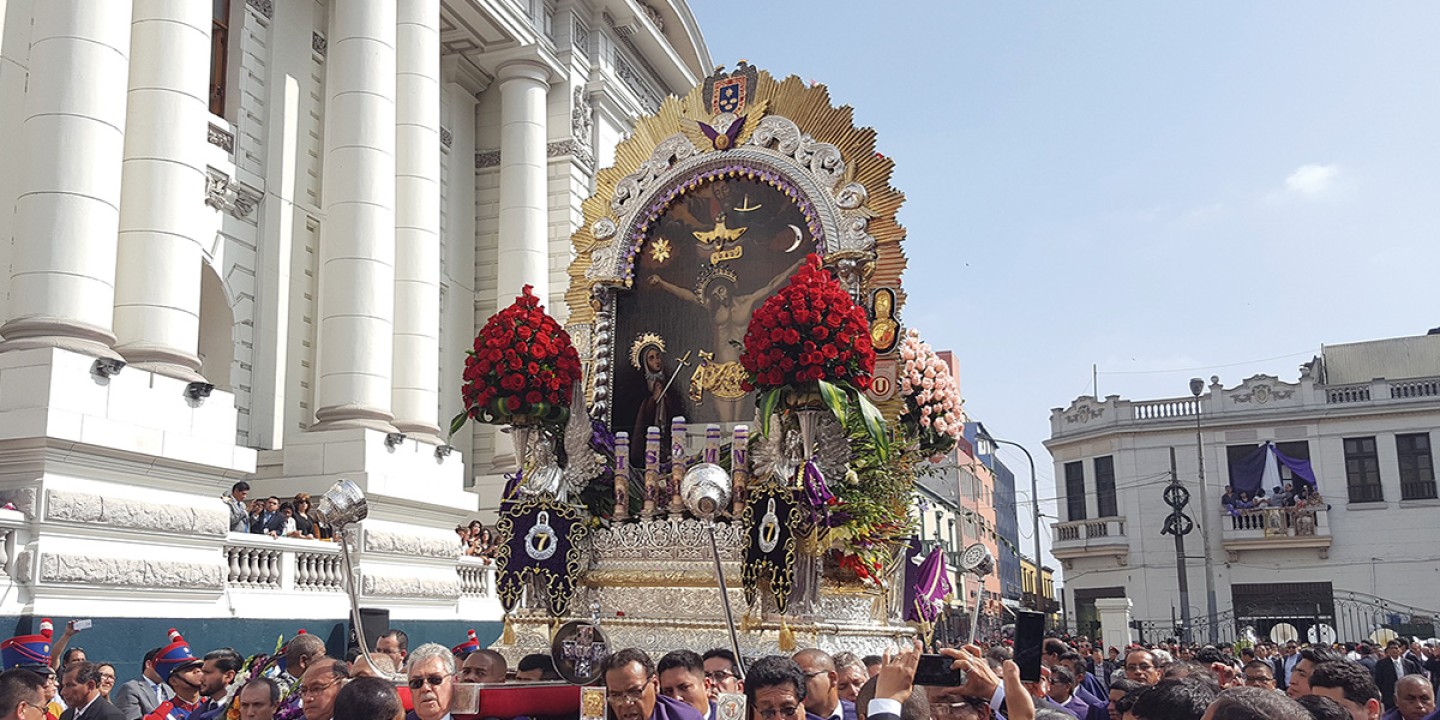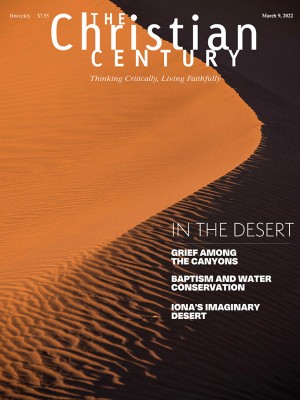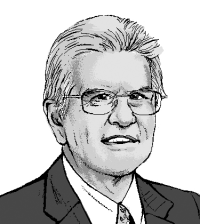Peru needs its Lord of Miracles now more than ever
Amid political chaos, a church mural from 1746 grounds Peruvian faith and national identity.

Disasters often spark spiritual responses. They can even give rise to whole religious movements. In some societies, it is impossible to write a history of faith except in terms of successive responses to calamity.
Although it is not well known to a lot of North Americans, Peru is a populous nation with a rich history. For centuries, Lima was the administrative capital for much of South America within the Spanish empire, and the port of Callao dominated much of the empire’s Pacific trade. But Peru suffered successive natural disasters. Earthquakes devastated Lima in 1655, 1687, and 1746, and in that last year a tsunami all but obliterated Callao.
Seeking hope amid the ruins, people turned to a church mural that had somehow survived all these assaults, a painting of the crucifixion by a slave brought from Angola. So poorly documented is the artist that scholars still debate whether his name was Benito or Pedro Dalcon. After 1746, this image of the Señor de los Milagros, the Lord of Miracles, became a centerpiece of Peruvian faith and national identity. In modern times, it is celebrated in an annual procession that Peruvians vaunt as the largest on the entire continent. (Brazilians have other opinions on the subject.) So powerful is that devotion that every year the event’s signature purple color is inescapable throughout October—el Mes Morada, the purple month.
Read our latest issue or browse back issues.
More recent catastrophes have redrawn Peru’s religious map. Through much of its history the country was solidly Catholic, but that changed suddenly at the end of the 20th century. One driving force was the brutal insurgency of the Shining Path movement, Sendero Luminoso, a Maoist sect with a powerful messianic element. The Sendero’s activities ravaged much of the country, sparking a war that killed at least 70,000. The conflict massively accelerated the process of urbanization by forcing peasants to seek the relative safety of cities. Lima became a megacity, and a full third of the nation’s 33 million people now live within its sprawling boundaries.
But those new urban settings posed major challenges for the migrants, who looked to the evangelical and Pentecostal churches for succor, support, and community. Today, Peru’s Protestant population is perhaps 15 percent of the whole. However much we may dislike attributing religious changes to material circumstances, this faith explosion can scarcely be understood except in terms of a response to existential crisis.
Most recently, Peru has suffered political horrors on a scale that almost demands a whole new vocabulary of crisis. A series of political and constitutional meltdowns was aggravated by a far-reaching corruption scandal, and since 2017 chaos has reigned. Several successive presidencies have been destroyed and reputations ruined. What’s more, Peru was one of the countries hardest hit by the coronavirus pandemic, to which the government responded with a draconian and harshly enforced lockdown.
Extreme political polarization was obvious during the presidential election last June, when a narrowly divided nation chose the radical socialist/nationalist candidate Pedro Castillo. Conservatives fear that the nation will become a collapsing state on the grim model of Venezuela, and the prospect of violence and civil unrest is all too real. Already, in his very brief tenure, Castillo has survived one impeachment attempt.
As the political and social crisis has escalated over the past four years, the Catholic Church and the leading evangelical groups have all issued pleas for peace and the maintenance of democracy, while staunchly denouncing corruption. One outspoken leader in the cause of reconciliation has been Cardinal Pedro Barreto, a Jesuit very much in the mold of Pope Francis. In earlier times, such clerical influence would have had a decisive effect in calming tensions, but the Catholic hierarchy’s influence has declined, partly because in earlier years it was so strongly associated with reactionary political causes. Recent scandals, both sexual and financial, have further undermined the church’s prestige. In any case, political divisions might now simply be too deep for any such interventions to be effective.
In Latin America, as elsewhere, political chaos often gives rise to messianic or apocalyptic religious movements, and modern-day Peru seems open to such temptations. There are already signs of ordinary people seeking religious solutions to secular failures. One curious feature of the country’s religious scene is a (peaceful) messianic and theocratic sect called the Israelites of the New Universal Pact, which operates its own political party, the Agricultural People’s Front of Peru (FREPAP). Although the group is not large in number, the fragmented state of the country’s parties meant that in 2020 FREPAP briefly emerged as the country’s third largest electoral bloc.
This October, millions of Peruvians will faithfully don purple as they always have to celebrate the Lord of Miracles. More than ever, they will be aware that miracles might be needed to restore the country.
A version of this article appears in the print edition under the title “Peru’s Lord of Miracles.”







